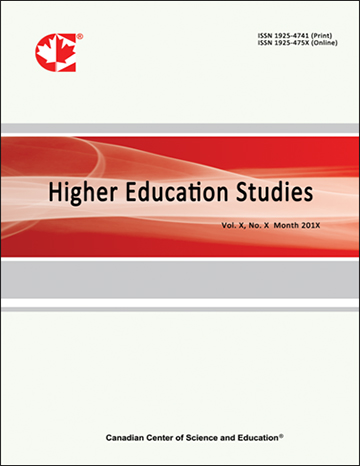Modeling Cultural Content for Outreach Programs in Marginalized Communities in Asia: A Case Study of South Korea
- Sung Jin Lee
- Jae-Eun Oh
Abstract
Wherever quality of life continues to improve, people turn to cultural and artistic pursuits to enhance their life experience. Hence, cultural and art education is encouraged in museums, galleries, and schools for public benefit and enjoyment regardless of differing social classes. Cultural content has developed since the beginning of culture itself, and education related to this content is crucial as it can improve public perspectives. However, many culturally alienated groups still exist due to financial difficulties, disabilities, or living in remote areas, and they lack fair opportunities to enjoy culture and art. The polarization between these groups and culturally-benefited classes continues to increase.
Outreach programs have been conducted by museums and galleries as ‘visiting classes’ for those who find it difficult to visit traditional venues. Using Dewey’s educational philosophy and four different case studies, this study provides an in-depth examination of outreach programs and suggests a model for Asian countries by focusing on South Korea. The findings seek to aid ongoing educational efforts to create long-term effects for the public’s benefit.
- Full Text:
 PDF
PDF
- DOI:10.5539/hes.v9n2p96
Index
- AcademicKeys
- CNKI Scholar
- Education Resources Information Center (ERIC)
- Elektronische Zeitschriftenbibliothek (EZB)
- EuroPub Database
- Excellence in Research for Australia (ERA)
- Google Scholar
- InfoBase
- JournalSeek
- Mendeley
- Open Access Journals Search Engine(OAJSE)
- Open policy finder
- Scilit
- Ulrich's
- WorldCat
Contact
- Sherry LinEditorial Assistant
- hes@ccsenet.org
